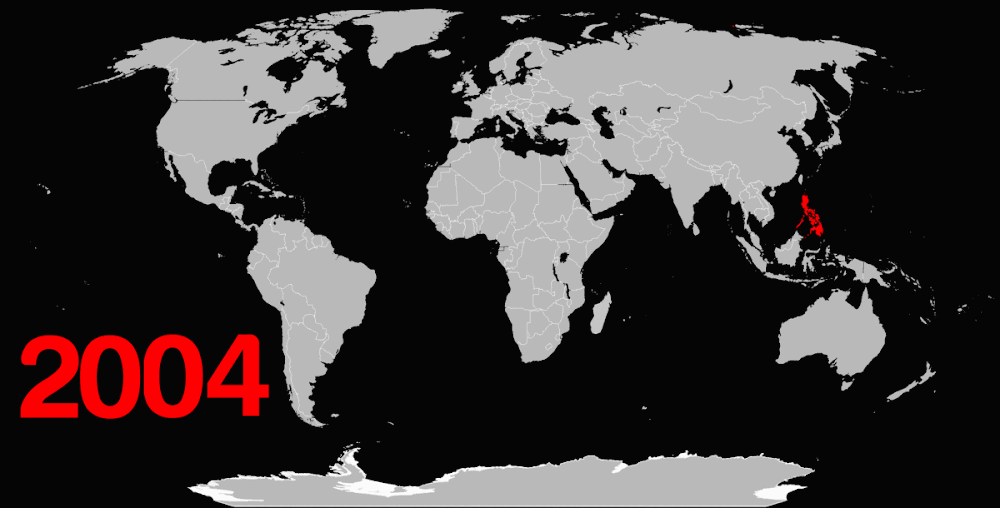The book I am using is Contemporary
Japanese Vol. 1 by
Eriko Sato from the Tuttle Language Library. Volume 1 of the book has 61 lessons. Target end date is
May 12, 2012.
Instead of doing the Kanji and the
vocabulary, I have decided to focus on the exercises, at least for the video.
I’ll leave the Kanji to you, hahaha.
MONDAY: Lesson Forty Three – この道をまっすぐ行って下さい
How to form ordinal numbers in Japanese? Add ~め to the number. What makes it complicated are the
counters that you have to add after the number. Some numbers transform in terms
of orthography when followed by different counters. Third
car, for example would be 三台めの車. Sorry, I forgot to mention that you also add that
possessive particle to qualify the noun! Notice the use of the counter for
cars. If we were talking about streets, as in third street then it would be written as 三本めの道.
TUESDAY: Lesson
Forty Four – かのじょは目がきれいです
Today we talk about 多い and 少ない which
mean many and scarce, respectively. The book says that you could not use
them before nouns, meaning they could not be used as qualifying adjectives. You
could only attach them before the verb, after stating the noun. Example? There
are many Japanese would be 日本人は多いです and not 多い日本人です which is considered
ungrammatical. If you want it that way, use たくさん instead. It is the same case with少ない.
WEDNESDAY: Lesson
Forty Four –かのじょは目がきれいです
The difference between が and は? The first one marks the subject. The second one marks the topic. Ifyou want to say that the mountains in Japan are
beautiful, how do we say this in Japanese? There are many ways but let us give
an example using the two mentioned particles. If you say 日本は山がきれいです this would roughly translate to As
for Japan, the mountains are beautiful. We are
talking about Japan, but in particular about its mountains. If you reverse it
and you say山は日本がきれいです in my opinion it does not make
much sense because we are talking about mountains and then suddenly you say
that Japan is beautiful. Or maybe if we toss in a ~の there it would make sense in that you would be talking
about Japan’s mountains. I am still confused but I am beginning to understand
it more clearly.
THURSDAY:
Lesson Forty Five – おみやげは何がいいですか
We have already learned to use ~と to list nouns in succession. There exists another
particle which means almost the same thing but deals more with an inexhaustible
list that means something like etcetera or so on and so forth. This particle is ~や. If you
say 中国や、韓国や、日本に行きました it means I
went to China, Korea, Japan, etc. It
means there are more and you got lazy to enumerate all of them. If you replace
the ~や with ~と the sentence’s meaning would change to mean that you
went to those three countries only.
FRIDAY: Lesson Forty Five – おみやげは何がいいですか
The particle ~か is attached as a suffix to mean or, so if you want to say That person is Chinese or
Japanese, you would write it as: あの人あ中国人か日本人です. As you can see, it is no longer attached to the last
option in the sentence.
For next week
I would be covering lessons forty six to forty eight. We can do this guys! The goal is to pass
the N5
examination of the JLPT in December 2012! =)












